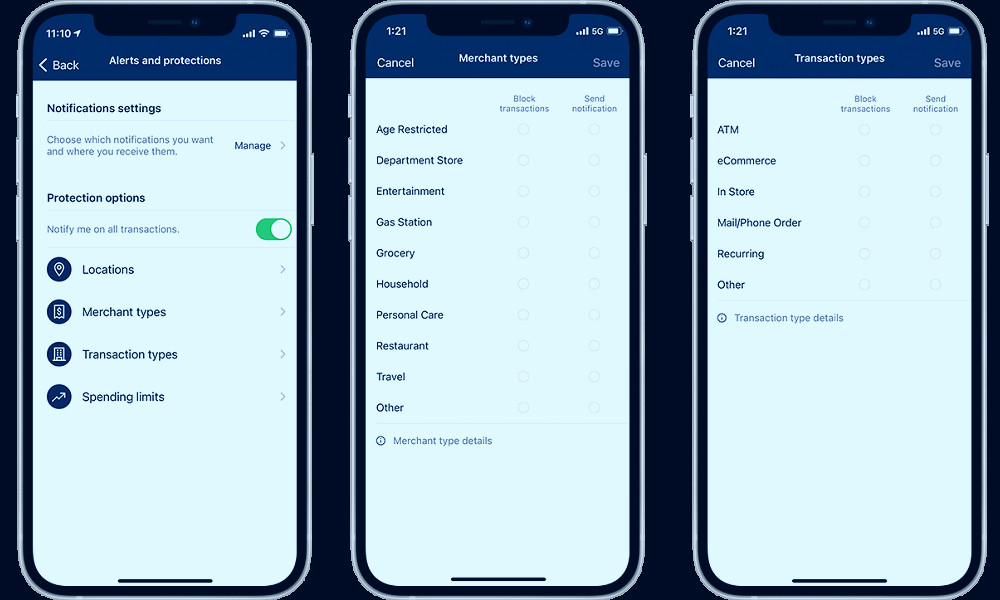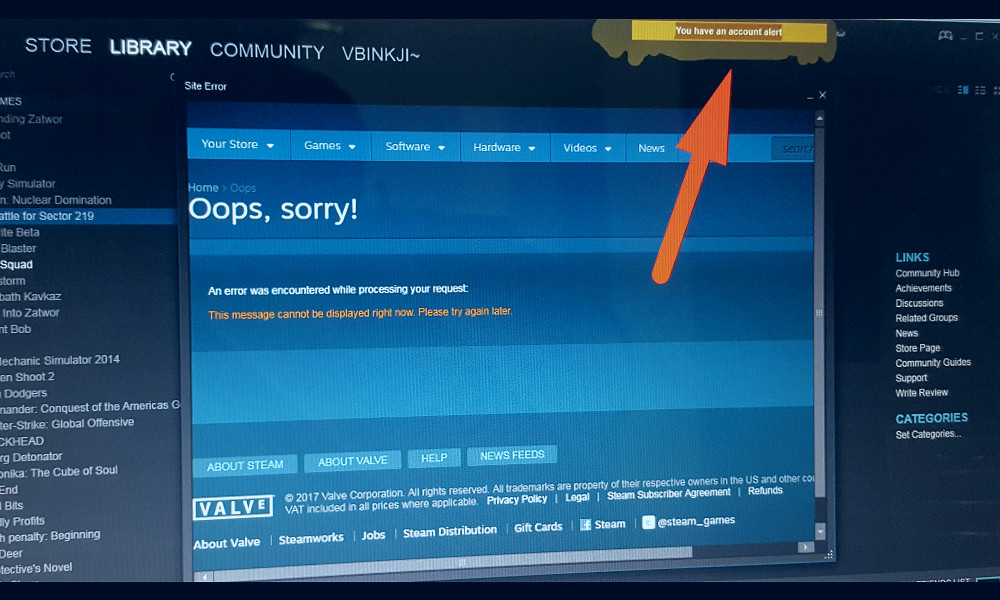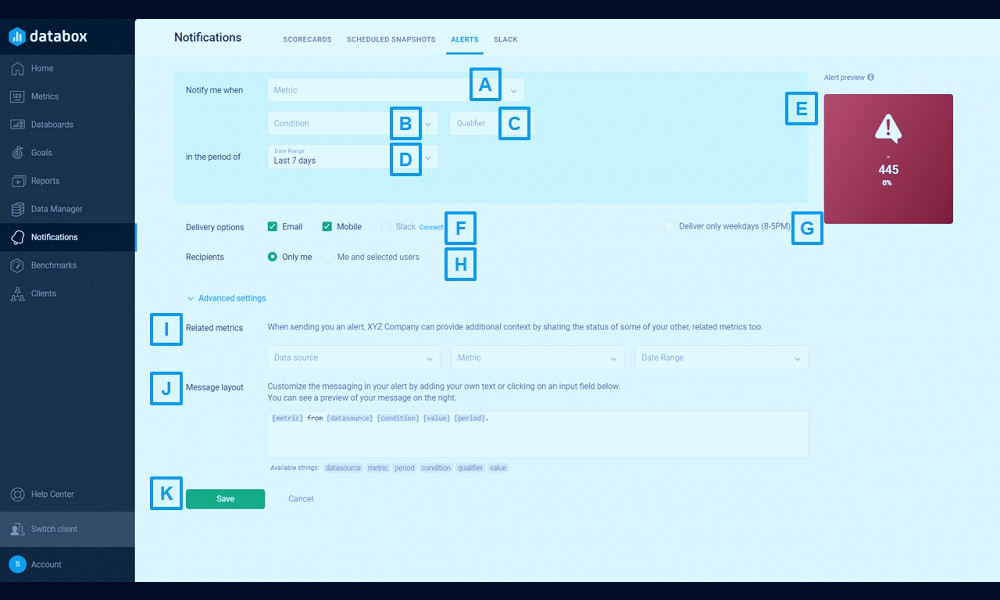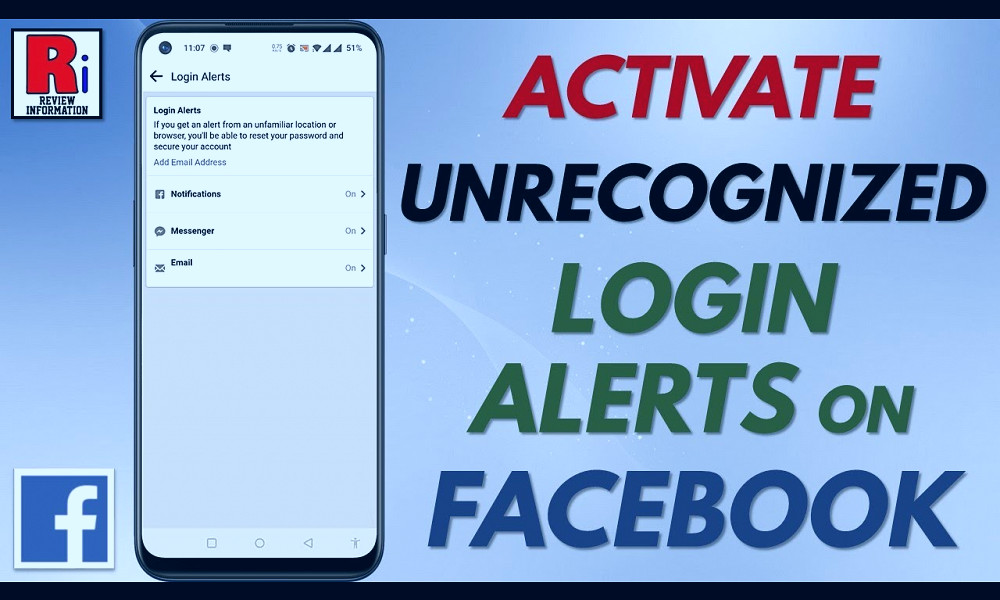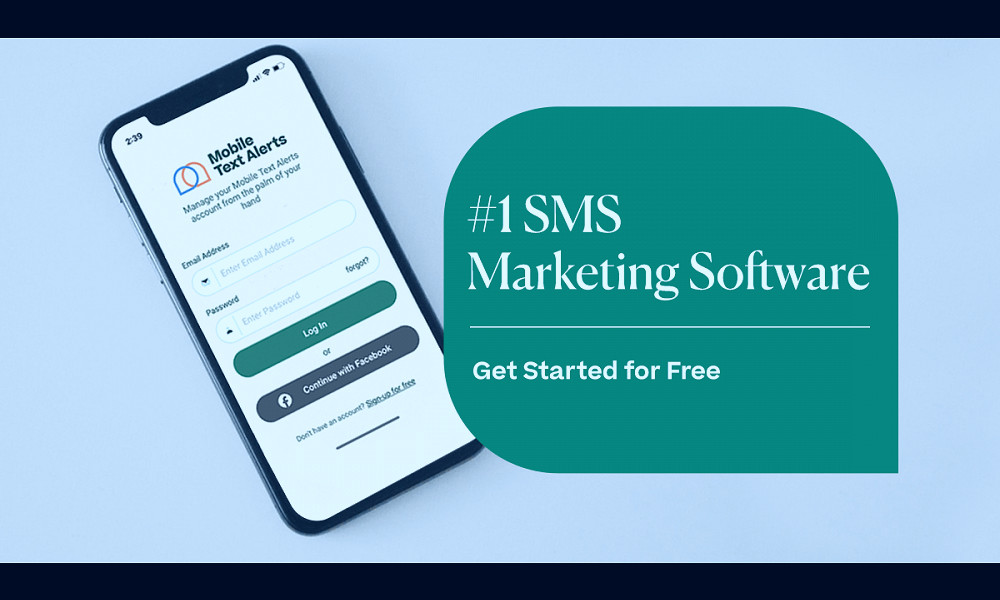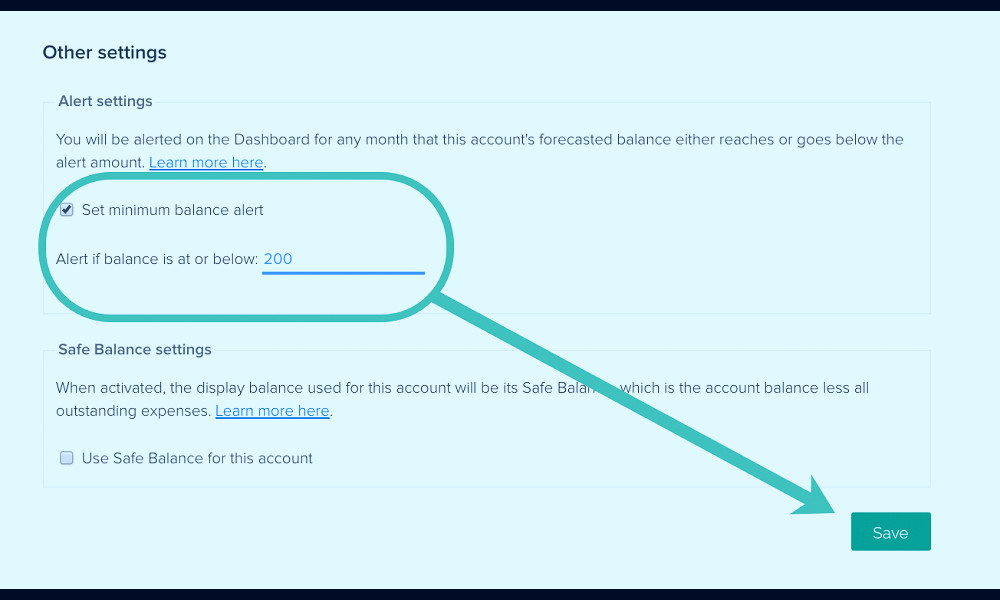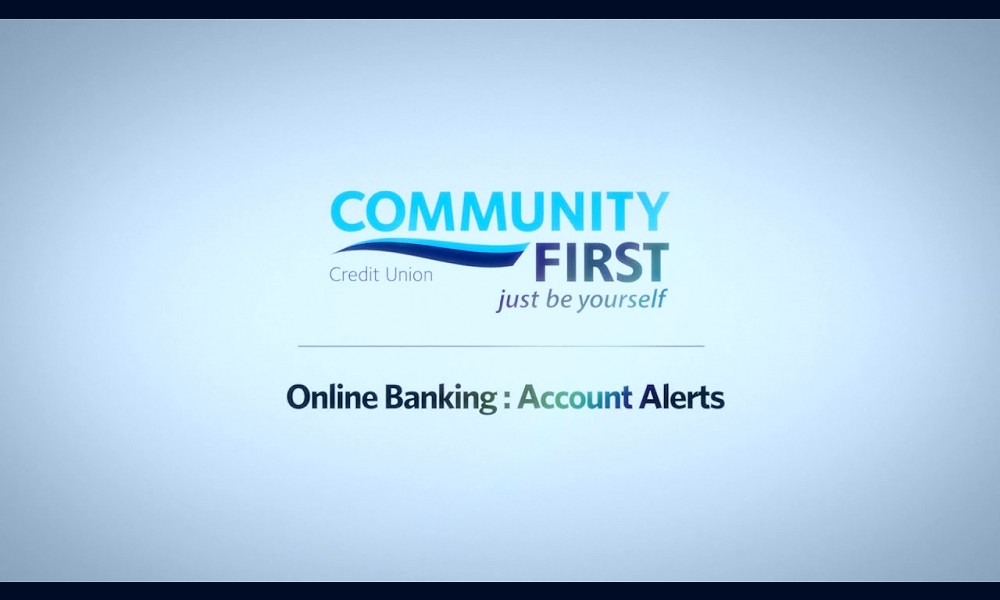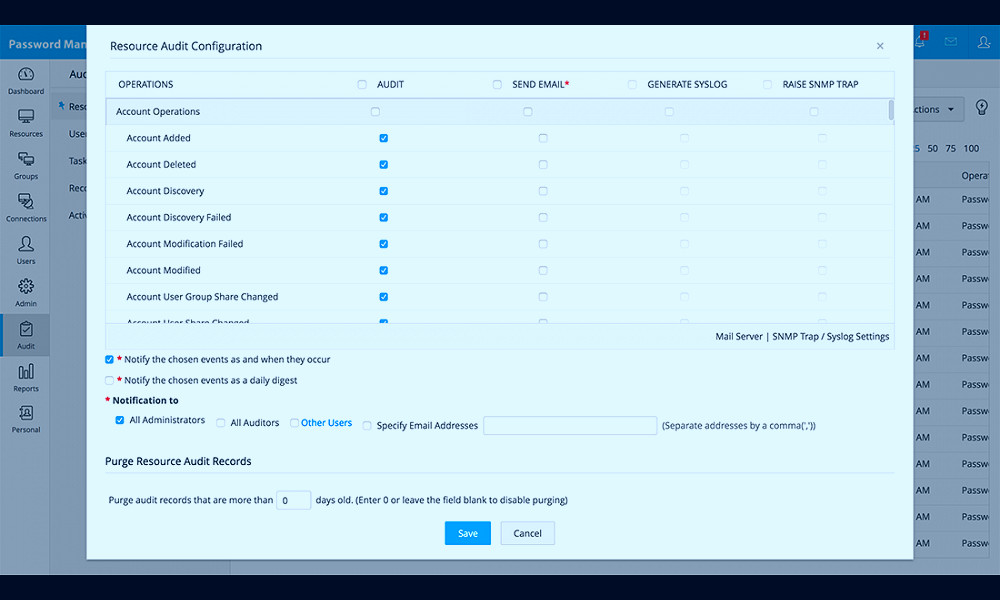
Stay Ahead of the Game: Why Account Alerts are Crucial for your Financial Security!
Account alerts are handy digital notifications designed to keep you updated about your bank account activities. They swiftly inform you about your account balance, transactions, potential frauds, or any significant changes. They are your personal finance watchdogs, ensuring your money's safety and helping you maintain a healthy financial lifestyle.
| Service Type | Account Alerts |
| Provider | Varies (banks, credit card companies, etc.) |
| Notification Type | Email, SMS, App Notifications |
| Alert Categories | Transaction Alerts, Balance Alerts, Fraud Alerts, Payment Due Alerts |
| Customization | User-defined settings for types and frequencies of alerts |
| Security | Encrypted communications, Secure login required |
| Cost | Typically free, but may have fees depending on the provider and type of alert |
| Availability | 24/7 real-time alerts |
| Requirements | Internet connection, Active account with the provider |
| Compatibility | Compatible with most smartphones, tablets, and computers |
| Installation | No installation required for email and SMS alerts. App installation required for app notifications. |
| Customer Support | Varies by provider |
Real-Time Notifications
With account alerts, you'll receive real-time notifications about any activity on your account. This means you'll be instantly informed about any transactions, changes, or suspicious activities, allowing you to take immediate action if necessary. Read more
Customizable Alerts
Account alerts are not one-size-fits-all. You can customize what types of alerts you receive, whether you want to know about every single transaction or just when your balance dips below a certain amount. This level of personalization makes account alerts a highly flexible tool for managing your finances. Read more
Enhanced Security
Account alerts significantly enhance the security of your account. By providing real-time alerts about your account activities, you can quickly identify and respond to any potential fraud or unauthorized access to your account. Read more
Convenience and Accessibility
Account alerts can be sent to you via various channels, such as email, SMS, or push notifications, depending on your preference. This ensures you can always access important notifications wherever you are, whatever you're doing. Read more

Improved Financial Management
Account alerts can help you better manage your finances. Alerts for low balances can help prevent overdrafts, while alerts for large deposits can help you keep track of your income. Read more
Autonomy
With account alerts, you take control of your financial security. You decide which alerts you need and how you want to receive them. This kind of autonomy is empowering, making you an active participant in securing your financial health. Read more
Easy Setup
Setting up account alerts is typically straightforward and user-friendly. Most banking platforms and financial applications guide users through the process, making it easy for everyone, even those not tech-savvy. Read more
Cost-Effective
Most financial institutions provide account alerts as part of their service at no extra cost. This cost-effectiveness makes account alerts a valuable tool for enhancing your financial security without straining your budget. Read more

Proactive Approach
Account alerts allow you to take a proactive approach to your finances. Instead of reacting to issues after they've occurred, you can act preemptively, maintaining a healthier financial state. Read more
Peace of Mind
Ultimately, the most significant benefit of account alerts is the peace of mind they provide. Knowing you'll be immediately informed of any significant account activity, you can relax, secure in the knowledge that you're protecting your financial wellness. Read more
Facts
1. The Origins of the Brand:Account Alerts was born out of a simple idea: to make managing finances a more intuitive, less stressful experience. It started with a small team of innovators who wanted to revolutionize the way we manage our accounts.
2. Revolutionizing Notifications:
The real game-changer with Account Alerts is the ability to customize your notifications. You can set alerts for low balances, large transactions, or even irregular account activity. It puts you in the driver's seat of your financial life.
3. User-Friendly Interface:
One of the most lauded features of Account Alerts is its user-friendly interface. With a clean, easy-to-navigate design, managing your financial alerts becomes a breeze. Plus, the app allows you to view your account details with just a few taps.
4. Security First:
With Account Alerts, your security is paramount. The brand employs the latest security measures to ensure your sensitive information is always protected. Additionally, the alert system itself is a safety measure, as it helps you quickly identify any suspicious activity in your accounts.
5. Personalized Experience:
Account Alerts isn't a one-size-fits-all service. You can tailor your alerts to match your financial habits and needs. Whether you want to monitor your spending or ensure you never miss a payment, Account Alerts has you covered.
6. Global Accessibility:
One of the most impressive facts about Account Alerts is its global reach. Regardless of where you are in the world, you can access your account details and manage your alerts. All you need is an internet connection.
7. Account Alerts Saves You Time:
With Account Alerts, you can say goodbye to the time-consuming task of manually checking your account balances and transactions. The app does all the work for you, notifying you of any significant account activity.
8. Multiple Accounts Management:
One of the best features of Account Alerts is its ability to manage multiple accounts. Whether you have several bank accounts, credit cards, or even investment portfolios, you can track them all from one place.
9. Real-Time Updates:
With Account Alerts, you don't have to wait to find out about your account activity. The app provides real-time updates, ensuring you're always in the know about your financial situation.
10. Free to Use:
Perhaps one of the most exciting facts about Account Alerts is that it's completely free to use. Despite offering a range of advanced features, the brand believes financial management should be accessible to everyone, hence the no-cost policy.
Read more
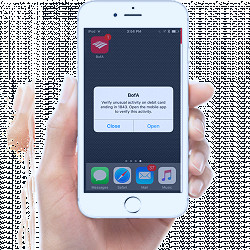 Setup and Manage Email, Text & Mobile App Alerts for Your Account
Setup and Manage Email, Text & Mobile App Alerts for Your Account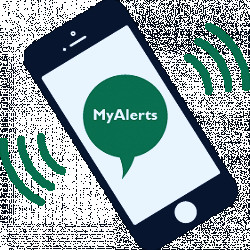 Account Alerts | Oregonians Credit Union
Account Alerts | Oregonians Credit Union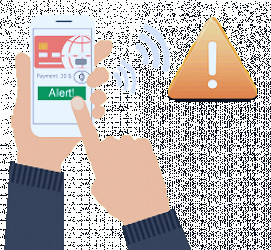 Account Balance Alerts Finances Westmark, Avoid Banking Fees Text Alert, Balance Protection Credit Union, Register Account Notifications Idaho, Online Banking Notification Alerts, Send Messages to Phone Device, Monitor Account Activity Electronic
Account Balance Alerts Finances Westmark, Avoid Banking Fees Text Alert, Balance Protection Credit Union, Register Account Notifications Idaho, Online Banking Notification Alerts, Send Messages to Phone Device, Monitor Account Activity Electronic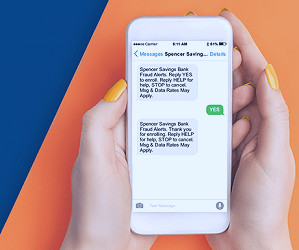 Two-Way Text Alerts Keep Your Checking Account Safer - Spencer Savings Bank: Personal and Business Banking in NJ
Two-Way Text Alerts Keep Your Checking Account Safer - Spencer Savings Bank: Personal and Business Banking in NJ Account Alerts & Text Banking : Palmetto Health Credit Union
Account Alerts & Text Banking : Palmetto Health Credit Union Alerts for Online and Mobile Banking | Minster Bank
Alerts for Online and Mobile Banking | Minster Bank Five Account Alerts You Should Set Up Today › 1st United Credit Union
Five Account Alerts You Should Set Up Today › 1st United Credit Union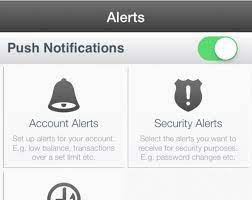 How to Set Up Account Alerts
How to Set Up Account Alerts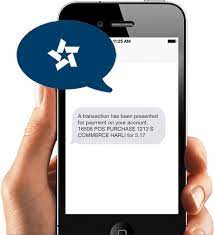 Alerts - Texas Regional Bank
Alerts - Texas Regional Bank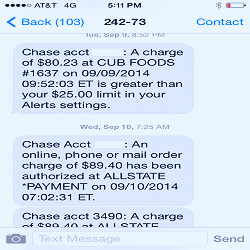 Banks and consumers increasingly use text alerts to fight fraud | MPR News
Banks and consumers increasingly use text alerts to fight fraud | MPR News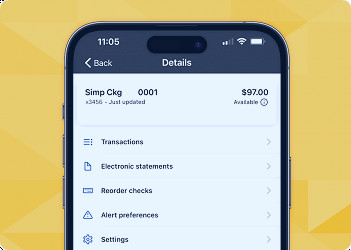 Mobile Account Alerts | First Financial Bank
Mobile Account Alerts | First Financial Bank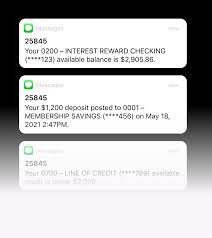 Account Alerts
Account Alerts Alerts and Notifications | Stay Informed. Stay Secure. | Peoples Bank of Alabama
Alerts and Notifications | Stay Informed. Stay Secure. | Peoples Bank of Alabama Notifi Banking Alerts
Notifi Banking Alerts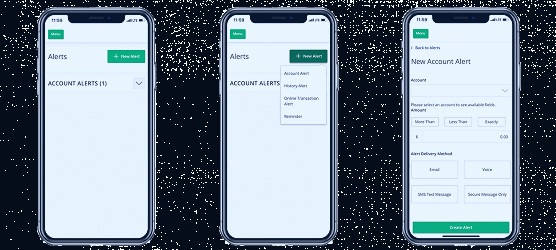 How to Set Up Email, Text and Voice Alerts for Your Bank Account | Extraco Banks
How to Set Up Email, Text and Voice Alerts for Your Bank Account | Extraco Banks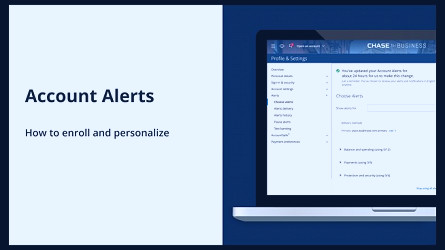 Alerts: Enroll and Choose Alerts | Helpful Tips | Chase.com
Alerts: Enroll and Choose Alerts | Helpful Tips | Chase.com Notifi Banking Alerts
Notifi Banking Alerts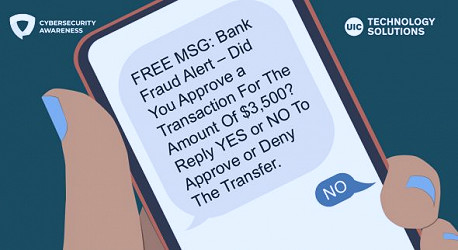 Scam alert: Beware of recent text scam involving fake bank fraud alerts | UIC today
Scam alert: Beware of recent text scam involving fake bank fraud alerts | UIC today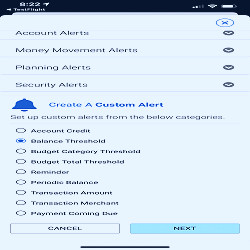 Account Alerts Help - First Horizon Bank
Account Alerts Help - First Horizon Bank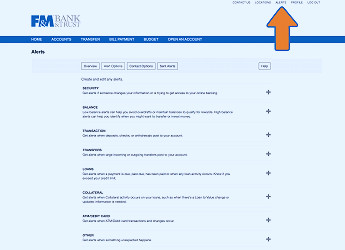 Account Alerts | F&M Bank & Trust
Account Alerts | F&M Bank & Trust 

